Malson,M. [downloaded: 30 Nov 24] https://www.bovinevetonline.com/news/education/new-world-screwworm-latest-update-usda-aphis
[Abbreviated]
On Nov. 25, USDA’s Animal and Plant Health Inspection Service (APHIS) held a meeting to discuss the U.S. response to the news of a single case of New World Screwworm (NWS) found in a cow in Chiapas, Mexico. U.S. and Mexican officials are working closely together, but the border has been temporarily closed to live cattle imports.
“Our priority is to ensure there is no risk to our domestic industry, followed by the goal of reopening the border as soon as possible,” says Dr. Michael Watson, administrator of USDA’s APHIS.
In September, work had already begun on protocols in the event NWS was found in Mexico. Those protocols have been reviewed with Mexico for their understanding and will be made public once finalized.
Points of Protocol
Dr. Burke Healey, senior leader for policy and operations for APHIS, shared protocol will likely include pre-export inspections by Mexican veterinarians overseen by SENASICA, the equivalent to APHIS, before allowing cattle imports to resume. The inspections will make sure:
– appropriate logs accompany animals coming into and leaving the facility cattle are treated with ivermectin
– there’s a seven-day quarantine period
Upon passing inspection, cattle will again be inspected by U.S. officials, along with additional inspections for tuberculosis and ticks. The cattle will be dipped, and then presented to cross the border. Healey says federal inspection sites will focus on ports in Chihuahua and Sonora. “Those five ports are on the Mexican side, so those inspections and all of that protocol are taking place in Mexico and not on U.S. soil,” he explains.
Mexico has not completed its investigation, but acknowledges the infested cow might have been imported from Guatemala. While the timeline for reopening trade is tentatively estimated to be at least three weeks, it quite possibly could extend into January as Mexico typically closes ports for two weeks during Christmas and New Year’s, Healey says.
The U.S. imports 1 million to 1.1 million cattle from Mexico annually. All Mexican cattle are required to have a Mexican origin ear tag and documentation of the herd of origin, TB test of that herd of origin and a TB test of the specific animals being presented for export. These requirements will remain in place.
Sterile flies from a Panama facility will be sent to Mexico to help control the spread of NWS further south and into Central America. Capacity from that facility is around 95 million per week. Mexico is also looking at retrofitting fruit fly plants to produce about 60 million sterile files a week.
Note: The continued release of millions of sterile males from a mass production facility in Panama supported by the USDA historically established a barrier for these flies at the Darian Gap. However, recently the flies have bridged this barrier and re-established infestations in Guatemala, perhaps in association with uncontrolled migrant convoys. This has triggered the increase in sterile fly production and releases, but has not eliminated this population. Historically, the screwworm was eradicated in Guatemala and Belize in 1994, El Salvador in 1995, and Honduras in 1996.

 English version now updated; to order copies, please email
English version now updated; to order copies, please email